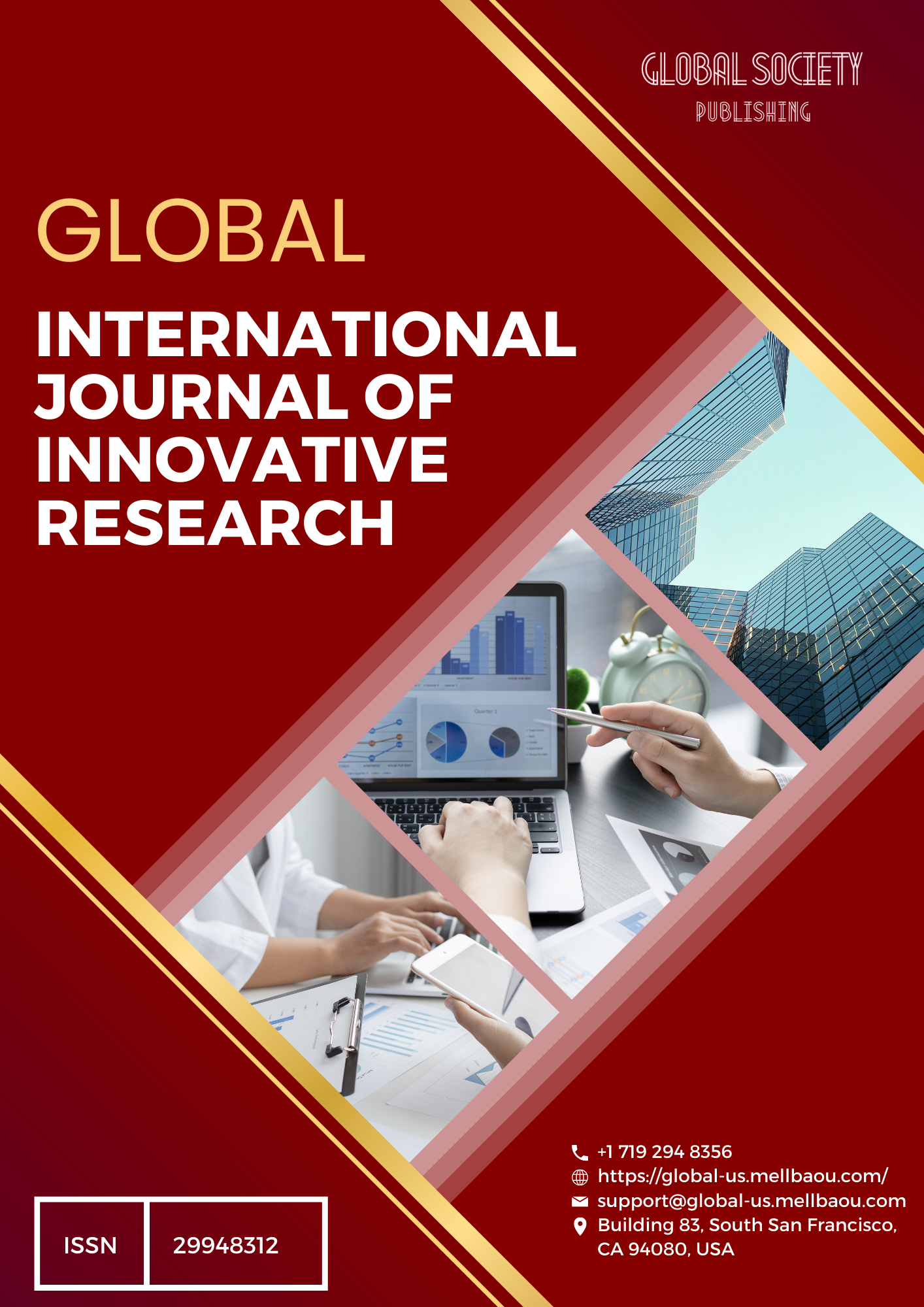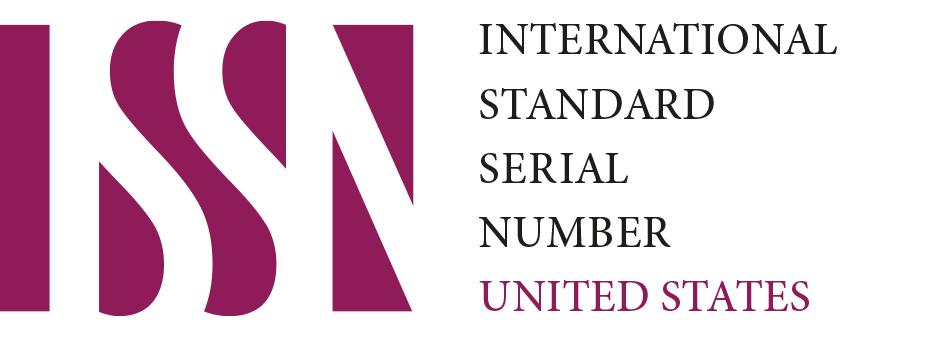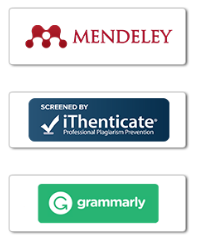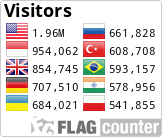The Role of Smart Farming Technologies in Enhancing Crop Yields and Resource Efficiency: A Global Perspective
DOI:
https://doi.org/10.59613/global.v2i2.80Keywords:
Smart Farming Technologies Crop Yields Resource Efficiency Precision Agriculture Global PerspectiveAbstract
This research article explores the role of smart farming technologies in improving crop yields and resource efficiency from a global perspective. Utilizing a qualitative methodology involving literature review and library research, the study aims to examine the various smart farming technologies and their impact on agricultural productivity and sustainability.
The literature review encompasses a wide range of sources, including scholarly articles, reports, and case studies, to provide a comprehensive understanding of smart farming technologies. By synthesizing existing research, the article identifies key technologies such as precision agriculture, Internet of Things (IoT) sensors, drones, and data analytics, and examines their applications in enhancing crop yields and resource management.
The findings highlight the significant contributions of smart farming technologies in optimizing agricultural practices, minimizing resource wastage, and maximizing efficiency. Through precision farming techniques and real-time monitoring systems, farmers can make data-driven decisions regarding irrigation, fertilization, and pest control, leading to improved crop quality and higher yields.
Moreover, the study discusses the potential challenges and barriers to the adoption of smart farming technologies, including cost, infrastructure, and digital literacy issues, particularly in developing countries. It also explores the importance of supportive policies, capacity building initiatives, and public-private partnerships in facilitating the widespread adoption of these technologies.
Downloads
Published
How to Cite
Issue
Section
License
Copyright (c) 2024 Pieter J. Kunu, Angga Ade Sahfitra, Gusmeizal Gusmeizal, Riyanti Riyanti, Ferdian Achmad

This work is licensed under a Creative Commons Attribution 4.0 International License.














